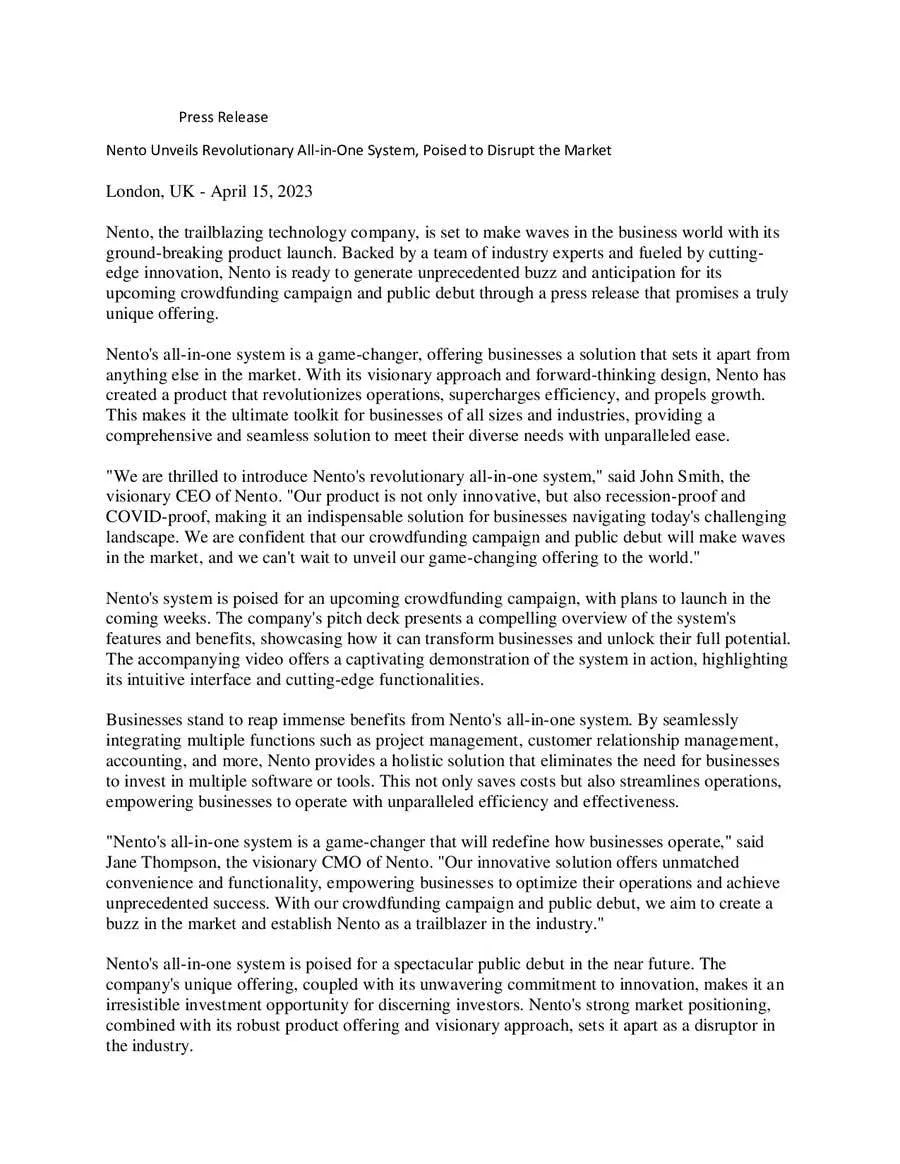What is a Cover Letter
A cover letter is a crucial document that accompanies your resume when applying for a job. It serves as your introduction to a potential employer, allowing you to highlight your relevant skills, experience, and personality. Unlike a resume, which provides a factual overview of your qualifications, a cover letter gives you the opportunity to tell your story and explain why you are the perfect fit for the specific position and company. It is your chance to make a strong first impression and demonstrate your enthusiasm for the opportunity.
The Purpose of a Cover Letter
The primary purpose of a cover letter is to persuade the hiring manager to read your resume and consider you for an interview. It should showcase your understanding of the job requirements, your ability to meet them, and your genuine interest in the company. A well-crafted cover letter can differentiate you from other applicants, especially when you have similar qualifications. The cover letter is your first chance to establish a professional connection and communicate why you are the best candidate for the role.
Key Components of a Cover Letter
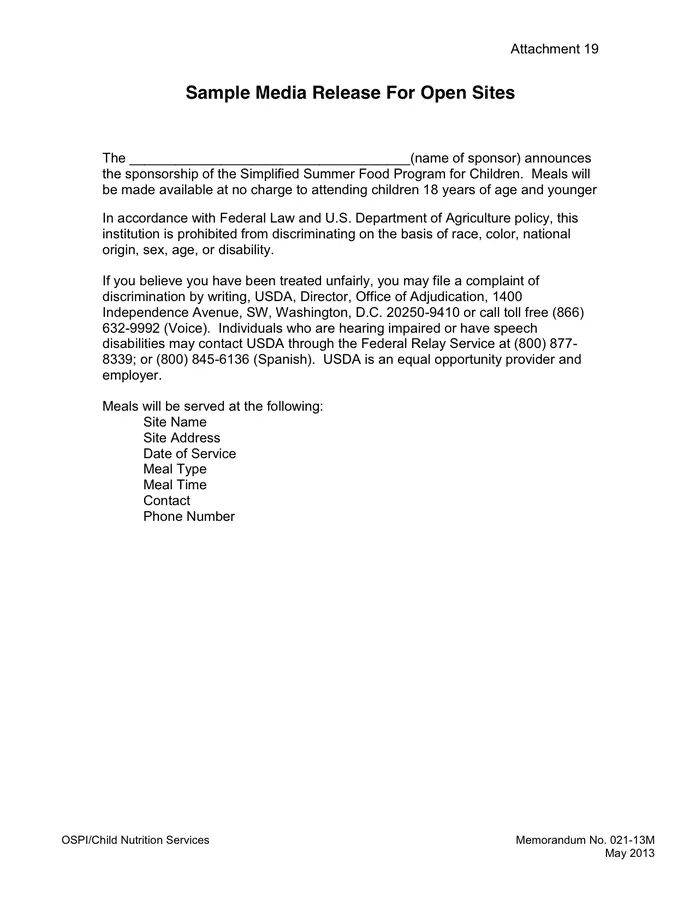
A strong cover letter typically includes several key components. These include a professional header with your contact information, a personalized greeting, a compelling opening paragraph that grabs the reader’s attention, several body paragraphs that highlight your relevant skills and experience, and a clear closing with a call to action. Each component should be carefully crafted to present you in the best possible light and convince the employer of your value.
Formatting Your Cover Letter
Formatting is a critical aspect of a professional cover letter. The formatting choices you make can significantly impact how the hiring manager perceives your professionalism and attention to detail. Proper formatting makes your cover letter easy to read and digest, which improves your chances of getting noticed. Always prioritize clarity and readability when formatting.
Choosing the Right Font and Size
Selecting the right font and size is essential for readability. Stick to professional and widely accepted fonts like Times New Roman, Arial, Calibri, or Helvetica. Use a font size between 10 and 12 points. Ensure the font is easy to read on both a computer screen and when printed. Avoid using overly stylized or decorative fonts, as they can distract from your message and make your letter appear unprofessional.
Setting Your Margins and Spacing
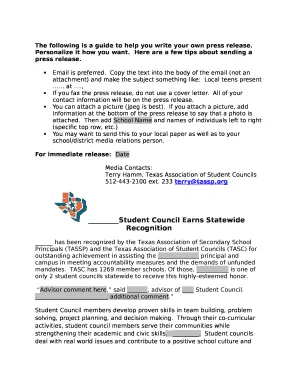
Margins and spacing contribute to a clean and organized layout. Use standard margins of one inch on all sides of the document. This provides ample white space, making the text easier on the eyes. Use single spacing within paragraphs and double spacing between paragraphs. Proper spacing helps to break up the text, making it more visually appealing and easier to read.
Structuring Your Cover Letter
A well-structured cover letter guides the reader through your qualifications and interests in a logical and compelling manner. Proper structuring shows that you understand professional communication standards and that you can present your thoughts coherently. The structure you choose influences how effectively you convey your message.
Header Section
The header should include your full name, address, phone number, and email address. Ensure that the contact information is accurate and up-to-date. You can align your header to the left or right, but consistency is key. Consider including the date of the letter and the recipient’s information below your header, including their name, title, company, and address.
Greeting and Salutation
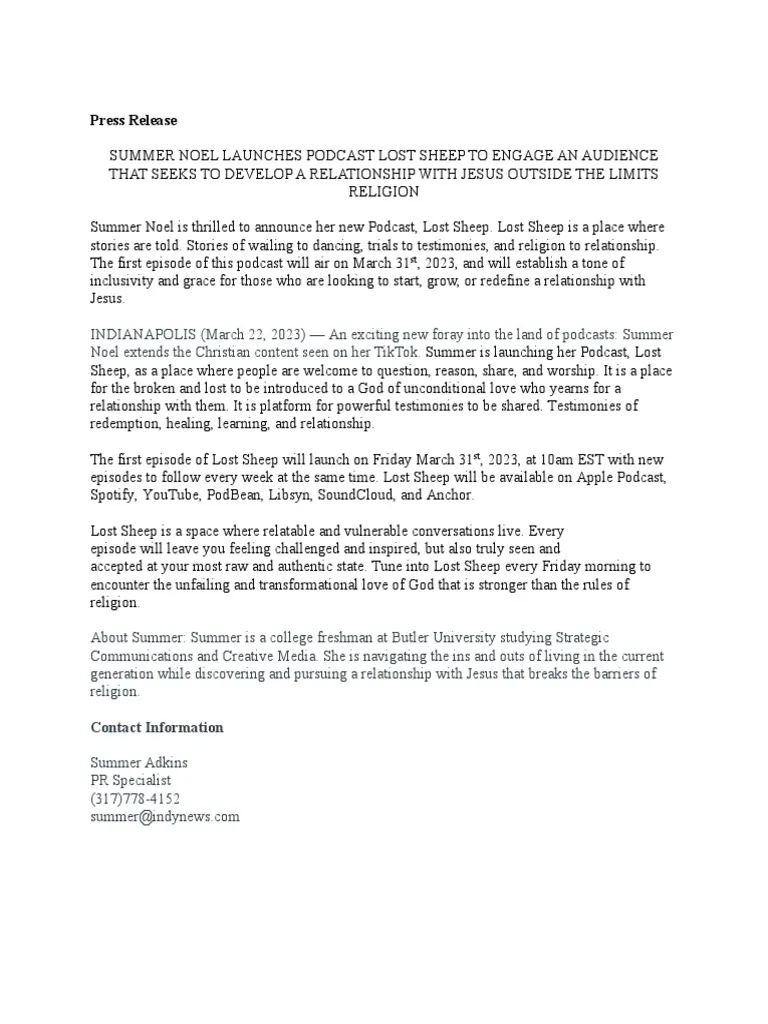
Address the hiring manager by name whenever possible. Research the hiring manager’s name on the company website or LinkedIn. If you cannot find a specific name, use a general greeting like “Dear Hiring Manager.” Avoid generic greetings like “To Whom It May Concern.” Use a formal salutation such as “Sincerely,” “Regards,” or “Best regards” at the end of your letter, followed by your typed name.
Body Paragraphs
The body of your cover letter is where you highlight your skills and experience. Start with a compelling opening paragraph that grabs the reader’s attention and states the position you are applying for. In the following paragraphs, explain why you are a good fit for the role. Provide specific examples of your accomplishments and quantify them whenever possible. Focus on the key requirements of the job and demonstrate how your skills align with them. Keep your paragraphs concise and focused.
Closing the Letter
Your closing should reiterate your interest in the position and express your enthusiasm for the opportunity. Include a clear call to action, such as requesting an interview or indicating your willingness to provide further information. Thank the hiring manager for their time and consideration. Proofread your closing carefully to ensure it is professional and error-free.
Writing Compelling Content
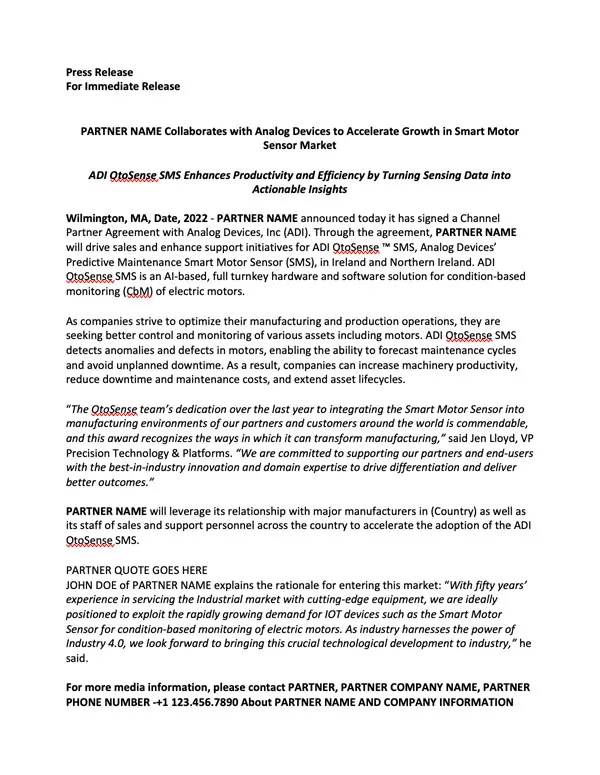
The content of your cover letter is what truly captures the hiring manager’s attention. It is your chance to showcase your personality, passion, and skills. The content is far more than just a recitation of your resume. The key is to write in a way that is both informative and engaging.
Highlighting Your Skills and Experience
Focus on the skills and experiences most relevant to the job requirements. Analyze the job description carefully and identify the key qualifications the employer is seeking. Provide specific examples of how you have demonstrated those skills in past roles. Use action verbs to describe your accomplishments and quantify your achievements whenever possible. Show, don’t just tell, what you have done.
Tailoring to the Job Description
Customize your cover letter for each job application. Avoid using a generic template that you send to every employer. Carefully review the job description and tailor your letter to address the specific requirements and keywords mentioned. Research the company and demonstrate your understanding of its mission and values. Show the employer that you have taken the time to understand the role and the company.
Quantifying Your Achievements
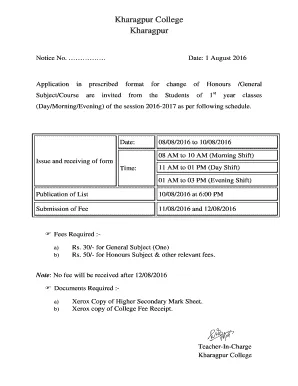
Whenever possible, quantify your achievements with specific numbers and data. Instead of saying “Improved customer satisfaction,” say “Increased customer satisfaction by 15%.” Use metrics to demonstrate the impact you have made in previous roles. Quantifiable achievements make your claims more credible and show the tangible value you can bring to the new position. Provide concrete evidence of your success.
Common Cover Letter Mistakes
Avoiding common cover letter mistakes can significantly improve your chances of success. Making these mistakes can damage your credibility. Pay attention to what you write, and make sure you present yourself well.
Generic or Uninspired Content
Avoid using generic phrases or clichés that could apply to any job. Instead, personalize your letter and demonstrate your genuine interest in the specific opportunity and company. Show, don’t just tell, why you are the right fit. Avoid phrases like “I am a hard worker” or “I am a team player.” Instead, give examples of how you have demonstrated these qualities in your previous roles.
Typos and Grammatical Errors
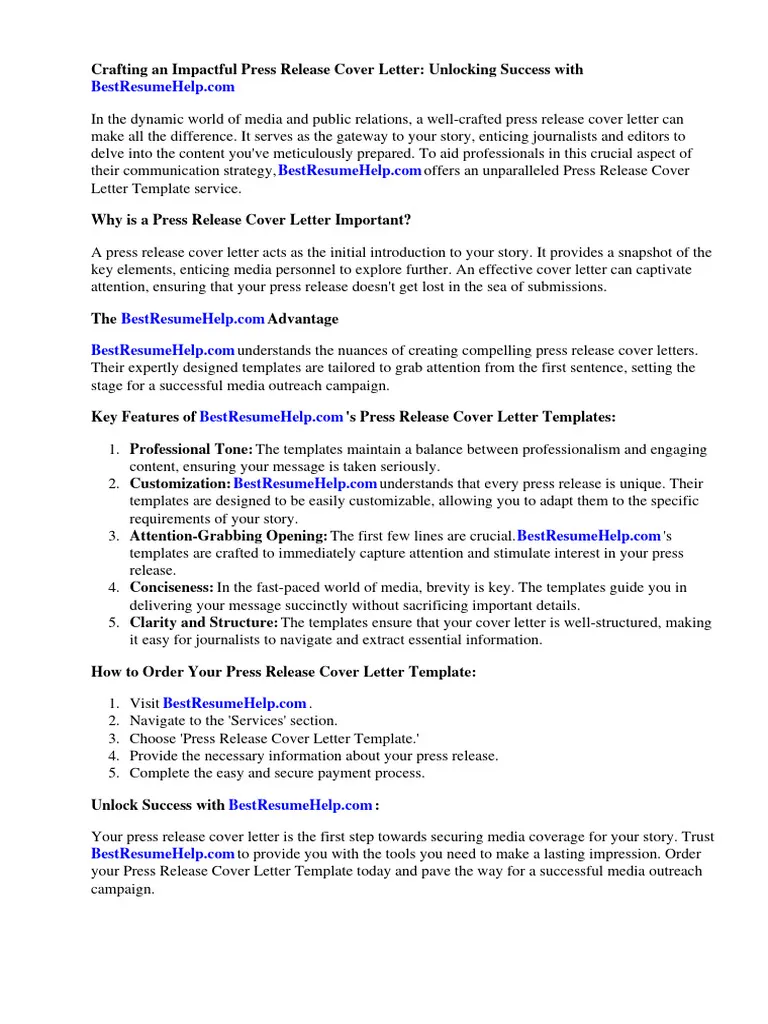
Typos and grammatical errors can instantly undermine your credibility. Proofread your cover letter carefully before submitting it. Use a spell checker and grammar checker, but also read the letter aloud to catch any errors you might miss otherwise. Have a friend or colleague review your letter for any mistakes. A well-written cover letter shows that you pay attention to detail and take pride in your work.
Ignoring the Job Requirements
Make sure your cover letter directly addresses the requirements outlined in the job description. If the job requires specific skills or experiences, be sure to highlight how you meet those requirements. Do not submit a generic cover letter that does not relate to the specific role you are applying for. Failing to address the requirements shows a lack of attention to detail and a lack of interest in the role.
Polishing Your Cover Letter
Polishing your cover letter is the final step to ensure it presents you in the best possible light. This involves proofreading, getting feedback, and making any necessary revisions. These small steps can significantly enhance the impact of your cover letter and your chances of success.
Proofreading and Editing
Proofread your cover letter multiple times to catch any typos, grammatical errors, or formatting inconsistencies. Check for clarity, conciseness, and flow. Read the letter aloud to help identify awkward phrasing or sentences. Use a grammar checker, but do not rely solely on it. A fresh pair of eyes can often catch errors you might miss.
Getting Feedback
Ask a trusted friend, family member, career counselor, or mentor to review your cover letter and provide feedback. They can offer a fresh perspective and help you identify areas for improvement. Ask them to evaluate your letter for clarity, organization, grammar, and overall effectiveness. Be open to their suggestions and willing to make revisions based on their feedback. Seek feedback before submitting the letter.
Final Thoughts
Crafting a perfect cover letter takes time and effort, but the results can be well worth it. By following these guidelines, you can create a cover letter that grabs the hiring manager’s attention, highlights your qualifications, and increases your chances of getting an interview. Always tailor your cover letter to each job and demonstrate your genuine interest in the opportunity. Your cover letter is your introduction to the potential employer.
